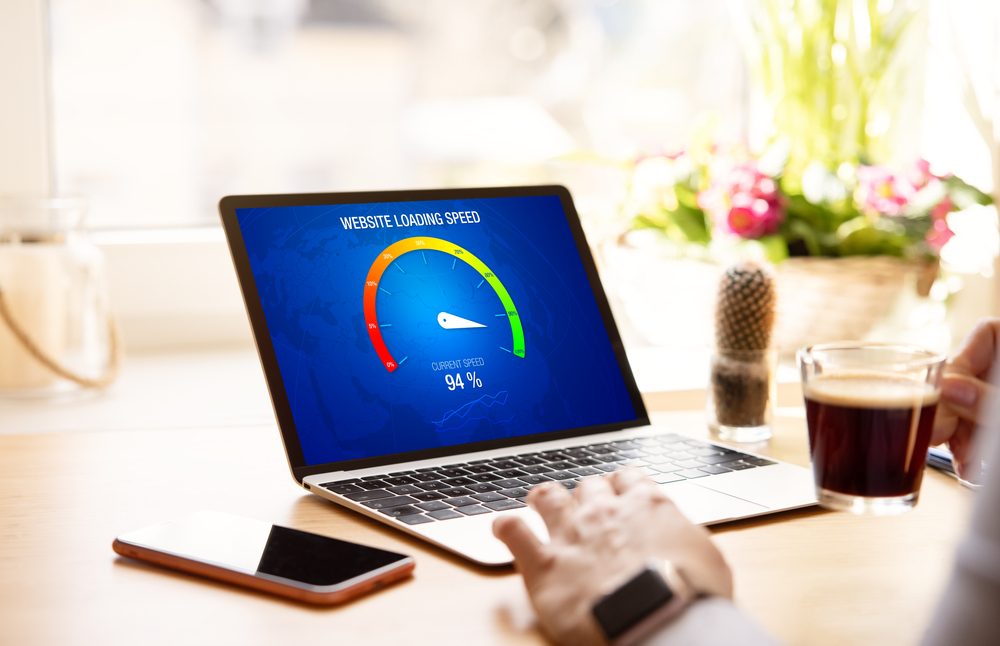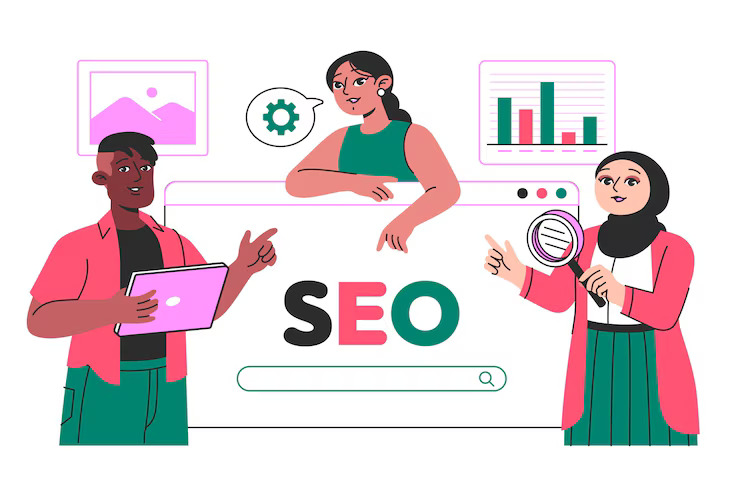
7 Ways to Speed Up Your Website and Enhance User Experience
In today's fast-paced digital world, website speed is a critical factor that can make or break user experience and impact your site's performance in search engine rankings. Slow-loading websites frustrate users and lead to higher bounce rates, resulting in lost traffic and potential customers. Fortunately, there are several strategies you can implement to speed up your website and provide visitors with a seamless browsing experience. In this blog post, we'll explore seven effective ways to optimize your website's speed and enhance user satisfaction.
Here are 7 things which helps in speeding up your website:
1. *Optimize Image Size and Format*:
Images are often the largest elements on a webpage and can significantly impact loading times. To speed up your website, compress images without compromising quality and choose the appropriate file format (e.g., JPEG, PNG, or WebP). Additionally, leverage responsive images to deliver the right size based on the user's device, reducing unnecessary data transfer.
2. *Minimize HTTP Requests*:
Each element on a webpage, such as images, scripts, and stylesheets, requires a separate HTTP request. Minimize the number of HTTP requests by combining CSS and JavaScript files, using CSS sprites for images, and reducing the number of elements on your page. This optimization technique can drastically improve loading times and enhance overall performance.
3. *Enable Browser Caching*:
Browser caching allows web browsers to store static files, such as images, CSS, and JavaScript, locally on a user's device. By enabling browser caching, returning visitors can load your website faster since their browsers don't need to download the same files repeatedly. Set expiration dates for cached resources to ensure that users receive updated content when necessary.
4. *Implement Content Delivery Network (CDN)*:
A Content Delivery Network (CDN) distributes your website's static content across multiple servers worldwide, reducing the physical distance between the user and the server. This geographical proximity results in faster loading times and improved performance, especially for visitors accessing your site from different regions. Choose a reliable CDN provider to optimize content delivery and enhance user experience.
5. *Optimize Server Response Time*:
Server response time, also known as Time to First Byte (TTFB), refers to the time it takes for a server to respond to a request from a user's browser. Improve server response time by upgrading your hosting plan, optimizing server configuration, and implementing caching mechanisms. A faster server response time leads to quicker page rendering and a smoother browsing experience for visitors.
6. *Minify CSS, JavaScript, and HTML*:
Minification is the process of removing unnecessary characters, such as whitespace, comments, and line breaks, from CSS, JavaScript, and HTML files. Minifying these files reduces their size, resulting in faster download times and improved website performance. Use online tools or plugins to minify your website's code and streamline the loading process for users.
7. *Enable Gzip Compression*:
Gzip compression reduces the size of web page files, including HTML, CSS, and JavaScript, before they are sent over the network. This compression technique significantly reduces bandwidth usage and speeds up page loading times for users. Enable Gzip compression on your web server to deliver compressed files to browsers, improving overall website performance and user experience.
By implementing these seven strategies, you can speed up your website and provide visitors with a faster, more responsive browsing experience. Optimizing image size and format, minimizing HTTP requests, enabling browser caching, utilizing a CDN, improving server response time, minifying code, and enabling Gzip compression are essential steps to enhance your website's performance and boost user satisfaction. Remember that a faster website not only improves user experience but also contributes to higher search engine rankings and increased conversions. Take proactive measures to optimize your website's speed and stay ahead of the competition in today's competitive online landscape.


